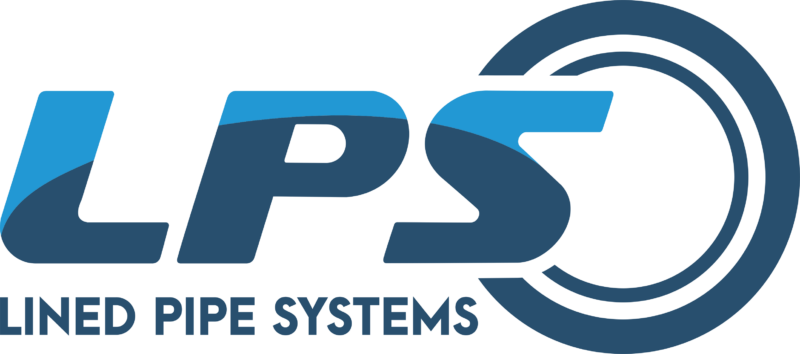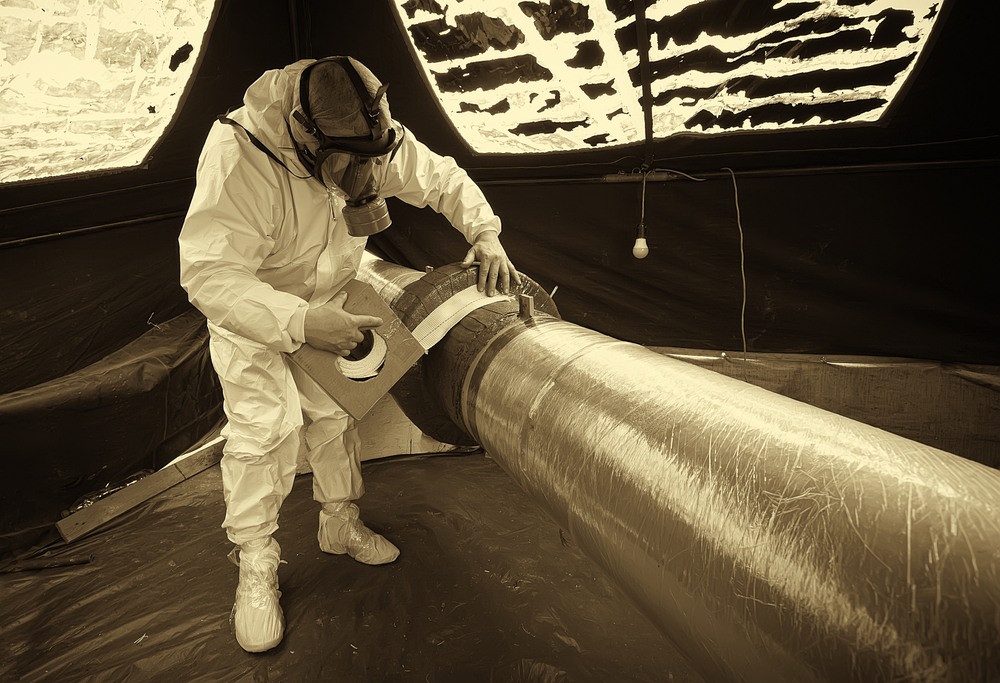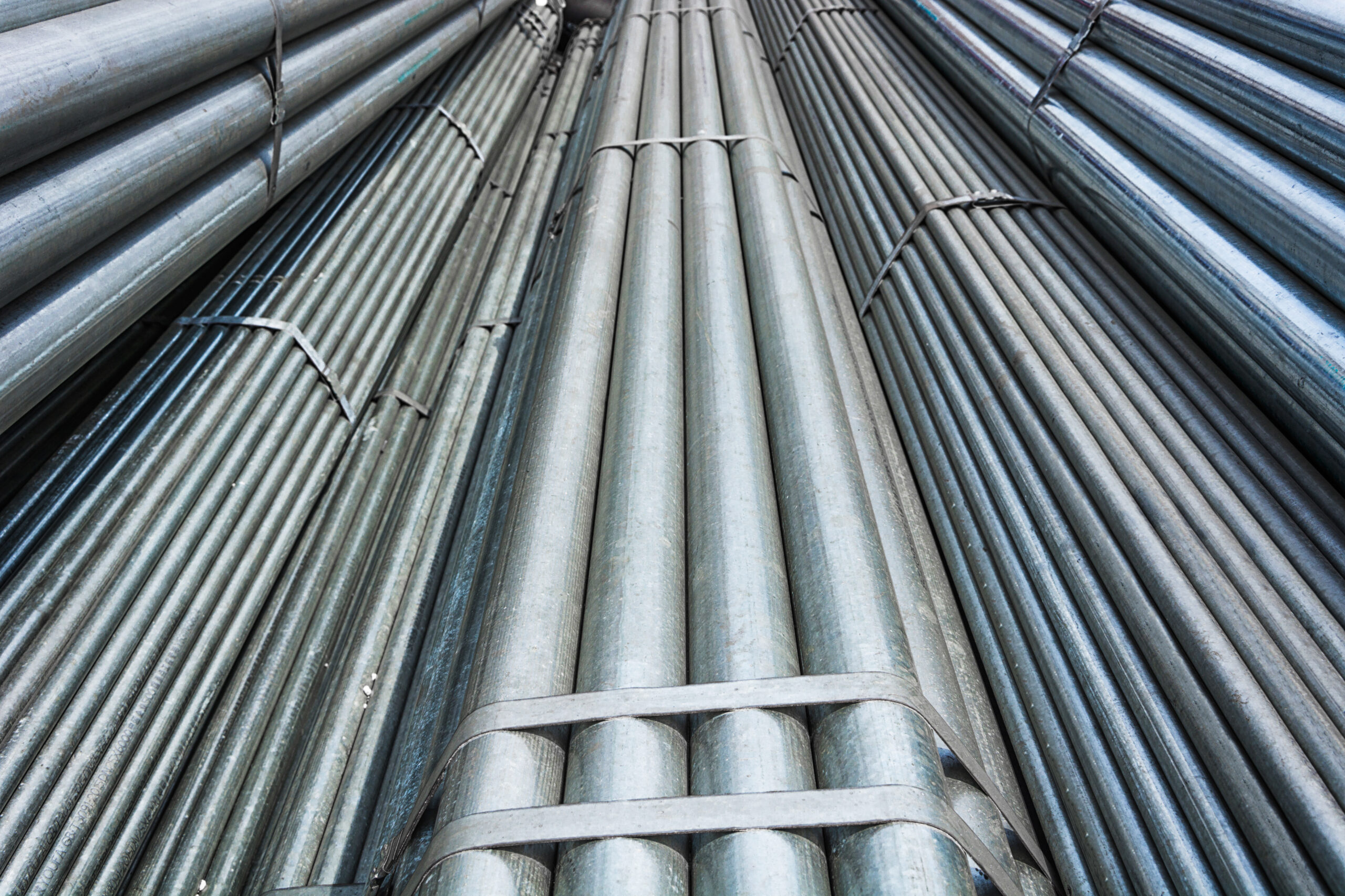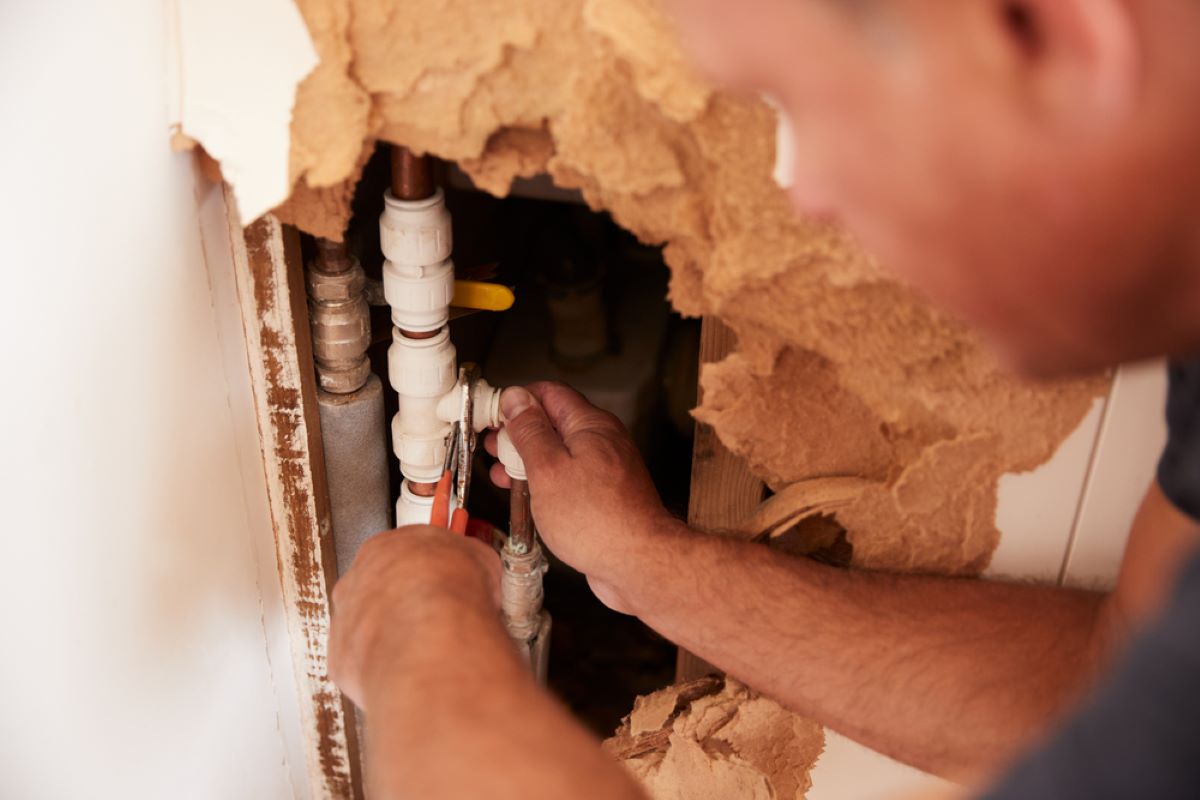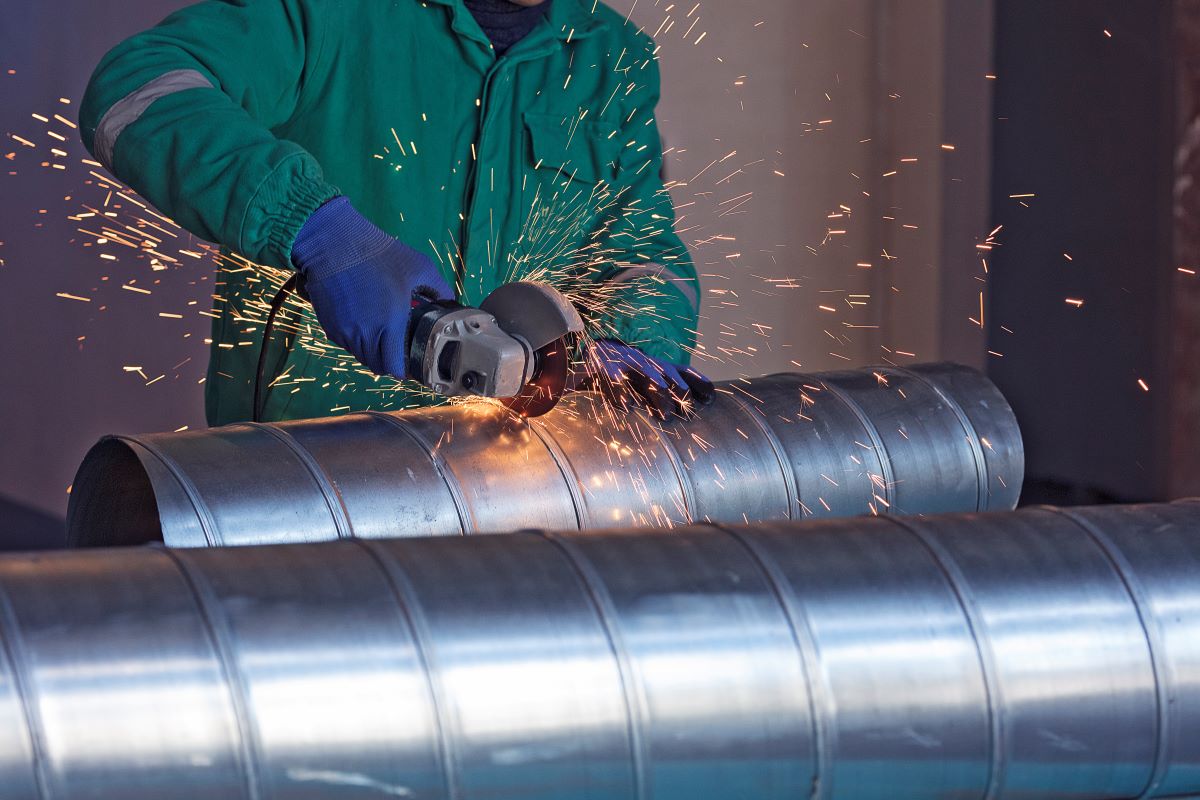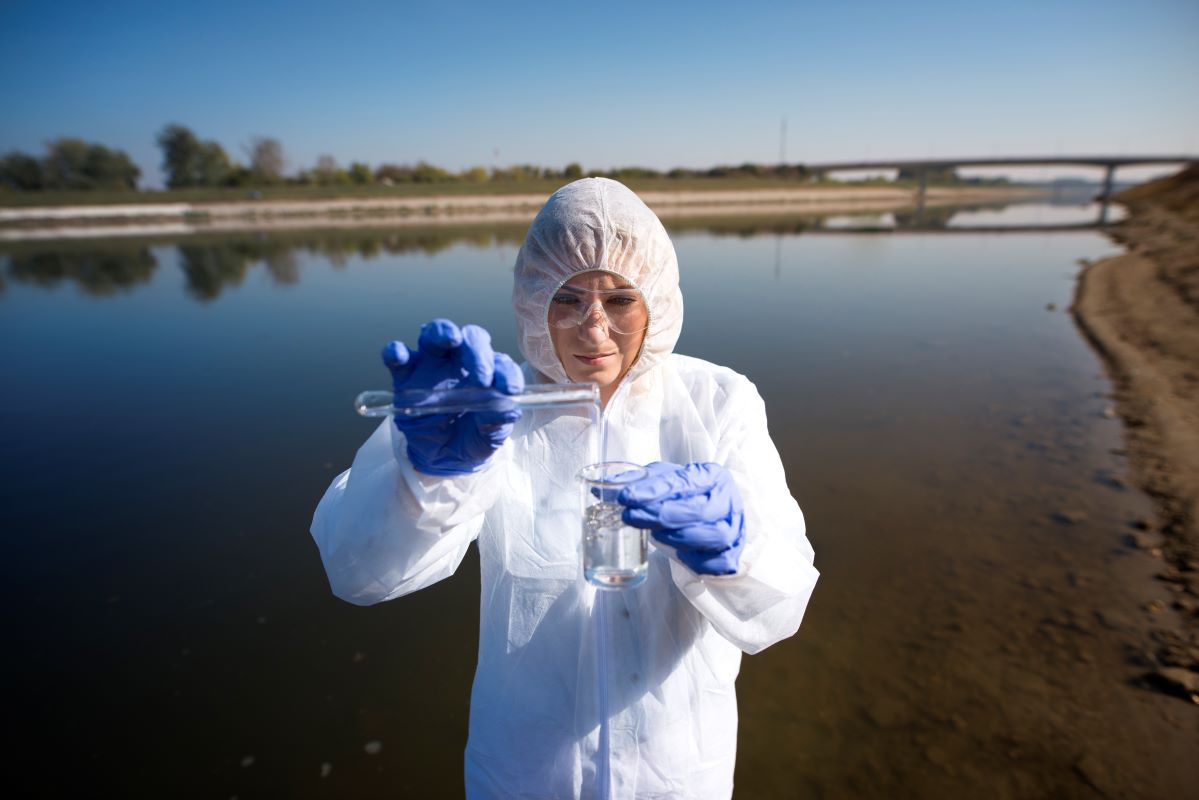Epoxy pipelining is a revolutionary solution in the plumbing and infrastructure industries, offering a long-lasting and efficient method for pipe restoration. This technique involves coating the interior of deteriorating pipes with epoxy resin to create a durable and corrosion-resistant lining that extends the life of existing systems without the need for extensive excavation or pipe replacement. Let’s explore how this process works, its advantages, and the science behind epoxy pipelining.
What Is Epoxy Pipelining?
Epoxy pipelining is a trenchless pipe repair method used to restore and rehabilitate aging or damaged piping systems. It’s commonly applied in residential, commercial, and industrial settings to repair pipes carrying water, gas, or wastewater.
The process involves several key steps:
- Pipe Inspection: A thorough video inspection assesses the condition of the pipes and identifies areas of damage, corrosion, or blockage.
- Pipe Cleaning: The pipes are cleaned using abrasive techniques like sandblasting or water jetting to remove rust, debris, or mineral buildup.
- Epoxy Application: A specialized tool coats the interior of the pipe with epoxy resin, forming a smooth and seamless lining.
- Curing: The epoxy hardens, creating a new pipe within the old pipe structure.
The Science Behind Epoxy Resin
Epoxy resin is a thermosetting polymer known for its strong adhesive properties and resistance to chemicals, heat, and moisture. When mixed with a hardener, the resin undergoes a chemical reaction called polymerization, which transforms the liquid resin into a hard, durable material.
Key properties of epoxy resin that make it ideal for pipe lining include:
- Corrosion Resistance: Epoxy prevents pipe deterioration by forming a protective barrier against corrosive substances.
- Leak Prevention: The seamless lining eliminates joints and cracks where leaks could develop.
- Strength and Durability: Once cured, the epoxy lining can withstand high pressures and temperature variations.
Advantages of Epoxy Pipelining
- Non-Invasive Installation: Unlike traditional pipe replacement, epoxy pipelining doesn’t require extensive digging, preserving landscapes and reducing disruption.
- Cost-Effective: Lower labor and material costs make it a more affordable solution for pipe repair.
- Time-Efficient: Repairs can be completed in a fraction of the time required for full pipe replacement.
- Eco-Friendly: The process generates less waste compared to traditional methods.
- Extended Lifespan: Epoxy-lined pipes can last for decades, reducing the need for frequent repairs.
Considerations and Limitations
While epoxy pipelining is a versatile solution, it may not be suitable for every situation. Pipes with severe structural damage or complete collapse might require more extensive repair or replacement. Additionally, proper surface preparation and expert application are crucial to ensure the effectiveness of the epoxy lining.
Conclusion
Epoxy pipelining represents a modern and scientific approach to pipe restoration, leveraging advanced materials and techniques to offer durable, cost-effective, and eco-friendly solutions. By understanding the science behind this technology, property owners and industries can make informed decisions about maintaining and enhancing their piping systems.
